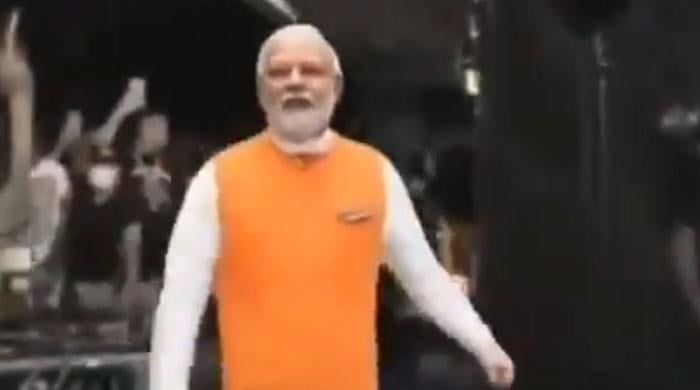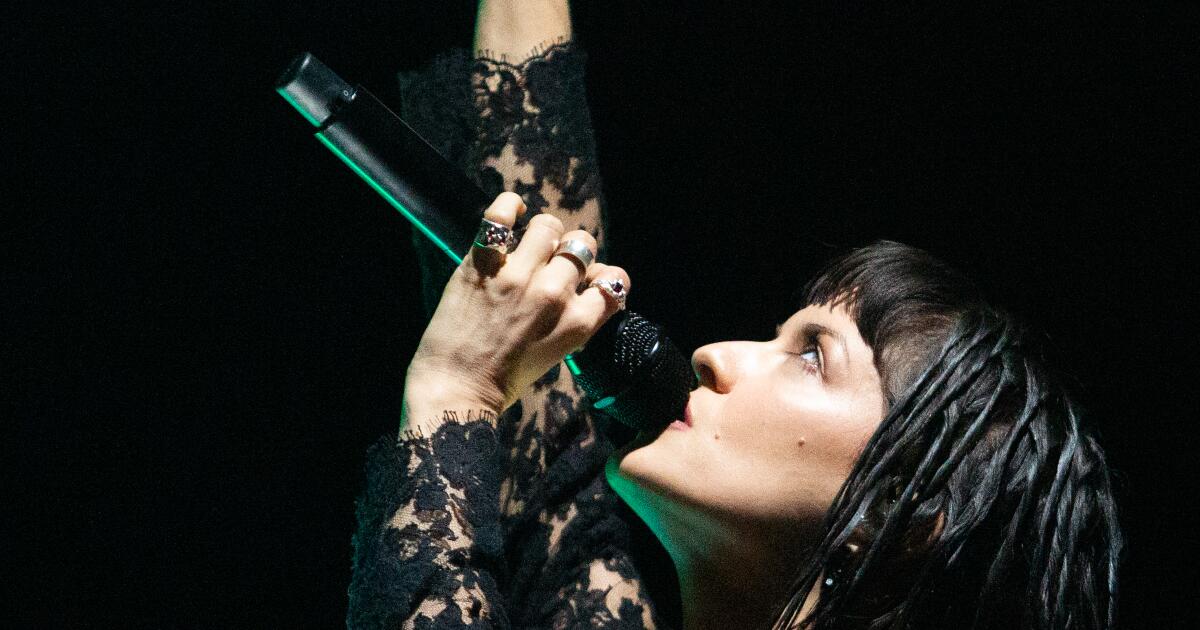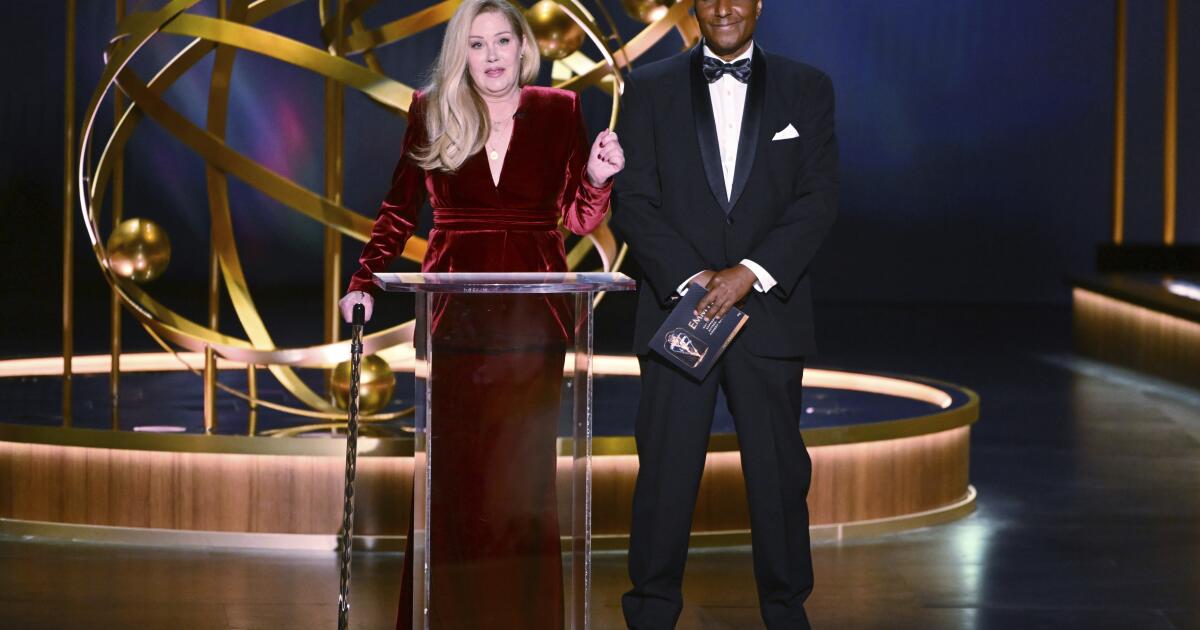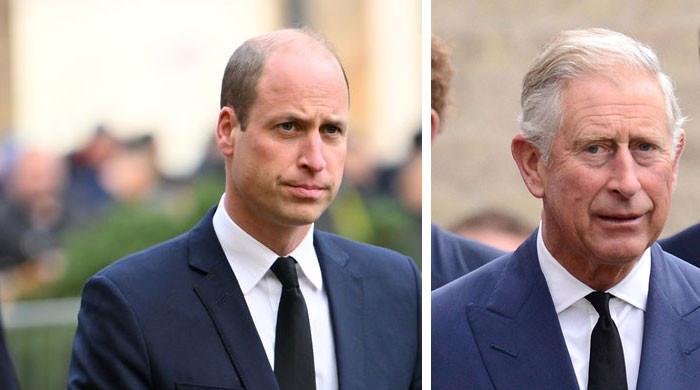Indian Prime Minister Shares Video About X, Says 'Such Creativity In Peak Election Season Is Truly A Delight'
NEW DELHI (Reuters) – An artificial intelligence video shows an ecstatic Narendra Modi, wearing a trendy jacket and pants, dancing on stage to a Bollywood song as the crowd applauds. The Indian Prime Minister re-shared the video on
Another video, with the same setting, shows Modi's rival Mamata Banerjee dancing in a sari-like outfit, but the background music is parts of her speech criticizing those who left her party to join Modi's. State police have launched an investigation, saying the video may “affect law and order.”
The varying reactions to videos created with artificial intelligence (AI) tools underscore how the use and abuse of the technology is increasing and creating concerns for regulators and security officials as the world's most populous nation holds a mammoth general election.
AI-friendly videos, containing near-perfect shadows and hand movements, can sometimes fool even digitally savvy people. But the risks are greater in a country where many of the 1.4 billion people face technological challenges and where manipulated content can easily spark sectarian tensions, especially around election time.
According to a World Economic Forum survey published in January, the risk to India from misinformation is considered greater than the risk from infectious diseases or illicit economic activity in the next two years.
“India is already at huge risk of misinformation: with AI on the scene, it can spread at 100 times the speed,” said New Delhi-based consultant Sagar Vishnoi, who advises some political parties on the use of AI. in the Indian elections.
“Older people, who are often not a tech-savvy group, are increasingly falling for false narratives aided by AI videos. This could have serious consequences, such as triggering hatred against a community, caste or religion.”
The 2024 national elections, which will take place over six weeks and end on June 1, are the first in which AI will be deployed. The initial examples were innocent and limited to a few politicians using the technology to create video and audio to personalize their campaigns.
But major cases of misuse made headlines in April, including deepfakes of Bollywood actors criticizing Modi and fake clips involving two of Modi's top advisers that led to the arrest of nine people.
Difficult to counter
The Election Commission of India last week warned political parties against using AI to spread misinformation and shared seven provisions of information technology and other laws that carry prison sentences of up to three years for crimes including forgery. , promotion of rumors and enmity.
A senior national security official in New Delhi said authorities are concerned about the possibility of fake news causing unrest. The easy availability of artificial intelligence tools makes it possible to fabricate this type of fake news, especially during elections, and it is difficult to counter them, the official said.
“We don't have adequate (monitoring) capability… It's difficult to keep up with the ever-evolving AI environment,” the official said.
A senior election official said: “We cannot fully monitor social media, let's forget about controlling the content.”
They declined to be identified because they were not authorized to speak to the media.
AI and deepfakes are increasingly used in elections in other parts of the world, including the United States, Pakistan and Indonesia. The latest release of the videos in India shows the challenges facing authorities.
For years, there has been a panel under India's IT Ministry to order the blocking of content that it deems may harm public order, at its own discretion or upon receipt of complaints. During these elections, the election watchdog and police across the country have deployed hundreds of officers to detect and seek the removal of problematic content.
While Modi's reaction to his AI dance video – “I also enjoyed watching myself dance” – was light-hearted, police in the city of Kolkata, West Bengal state, launched an investigation against X user SoldierSaffron7, for sharing Banerjee's video.
Kolkata cyber crime officer Dulal Saha Roy shared a written notice on
“I'm not going to delete that, no matter what,” the user told Reuters via direct messages from X, refusing to share his number or real name for fear of police action. “They can't track me.”
Election officials said Reuters Authorities can only tell social media platforms to remove content and are left in trouble if the platforms say the posts do not violate their internal policies.
Viggle Videos
Modi and Banerjee's dance videos, with 30 million and 1.1 million views respectively on X, were created using a free website, Viggle. The site allows a photo and some basic prompts detailed in a tutorial to generate videos in a matter of minutes showing the person in the photo dancing or doing other real-life moves.
Viggle co-founder Hang Chu and Banerjee's office did not respond to Reuters queries.
In addition to the two videos of AI dancing, another 25-second Viggle video spreading online shows Banerjee appearing in front of a burning hospital and blowing it up using a remote control. It's an AI-altered clip of a scene from the 2008 film, The Dark Knight, showing Batman's enemy Joker wreaking havoc.
The video post has 420,000 views.
The West Bengal police believe it violates Indian IT laws, but X has not taken any action because it “strongly believes in upholding and respecting the voice of our users,” according to an email notice sent by Reuters reviewed.
“They can't do anything to me. I didn't take that (notice) seriously,” the user told Reuters via X's direct messages.












